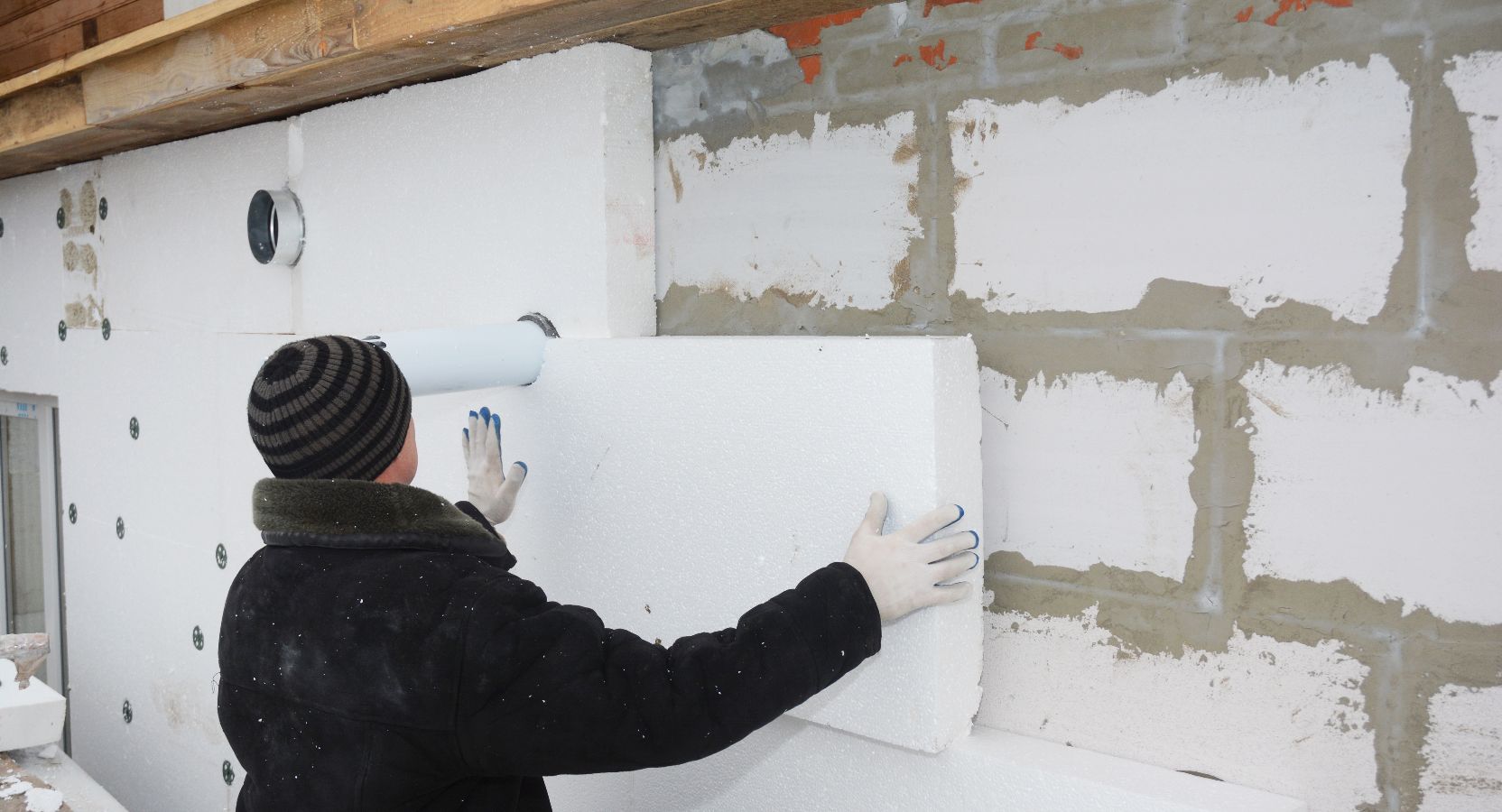

Articles
How Much Is Foam Board Insulation
Modified: February 23, 2024
Discover the benefits of foam board insulation and learn how it can reduce energy costs and improve thermal efficiency in this informative articles.
(Many of the links in this article redirect to a specific reviewed product. Your purchase of these products through affiliate links helps to generate commission for Storables.com, at no extra cost. Learn more)
Introduction
Welcome to the world of foam board insulation! If you’re looking to improve the energy efficiency of your home or building, foam board insulation is an excellent option. It provides thermal resistance, prevents heat transfer, and can significantly reduce energy consumption.
Whether you’re a homeowner or a professional contractor, understanding the basics of foam board insulation is crucial. In this article, we’ll delve into what foam board insulation is, its R-value, different types available, installation process, factors affecting its cost, and provide some tips for purchasing.
So, let’s dive in and explore how foam board insulation can make a difference in your home or building’s energy efficiency!
Key Takeaways:
- Foam board insulation offers high R-value, moisture resistance, and soundproofing properties, making it a versatile and durable option for improving energy efficiency in buildings.
- Consider factors such as climate, building codes, and long-term cost-effectiveness when purchasing foam board insulation to achieve optimal energy efficiency and comfort.
Read more: How To Cut Insulation Foam Board
What is foam board insulation?
Foam board insulation, also known as rigid foam insulation, is a type of insulation material commonly used to improve the thermal performance of buildings. It is made from polystyrene or polyisocyanurate foam, which provides excellent insulation properties.
The foam boards are manufactured in various thicknesses and densities, offering different levels of insulation. They typically come in large sheets or panels, making them easy to handle and install.
Foam board insulation works by creating a barrier that prevents the transfer of heat through walls, roofs, floors, and other surfaces. It acts as a layer of thermal resistance, reducing the flow of heat between the exterior and interior of a structure.
One of the key benefits of foam board insulation is its high R-value. The R-value measures the insulation’s ability to resist heat flow. The higher the R-value, the more effective the insulation is at reducing heat transfer.
Foam board insulation is commonly used in residential, commercial, and industrial applications. It is used in walls, roofs, foundations, under concrete slabs, and in attics. It can be installed during the construction phase of a building or added later as a retrofit insulation solution.
With its lightweight and rigid structure, foam board insulation offers several advantages. It is resistant to moisture, making it suitable for humid climates or areas prone to water intrusion. It also provides excellent soundproofing properties, reducing noise transmission between rooms or from outside sources.
In the next section, we’ll explore the R-value of foam board insulation in more detail to help you understand its thermal efficiency.
R-Value of foam board insulation
The R-value is a crucial factor to consider when choosing insulation materials for your home or building. It measures the thermal resistance of a material and indicates how effectively it can resist heat transfer. The higher the R-value, the better the insulation’s performance.
Foam board insulation has a high R-value, which makes it an excellent choice for achieving optimal energy efficiency. The specific R-value of foam board insulation can vary depending on the type and thickness of the foam board.
Generally, foam board insulation has an R-value ranging from R-4 to R-8 per inch. This means that, for every inch of thickness, the insulation can reduce heat transfer by a specific amount. For example, if you have foam board insulation with an R-value of R-6 and it is 2 inches thick, it can provide a total thermal resistance of R-12.
It’s important to note that the R-value of foam board insulation is typically higher than other insulation materials, such as fiberglass or cellulose. This higher R-value allows foam board insulation to provide better insulation performance with less thickness.
When selecting foam board insulation, consider the specific climate and energy efficiency requirements of your region. If you live in a colder climate, you may want to choose foam board with a higher R-value to enhance insulation. In warmer regions, a lower R-value may be sufficient.
It’s worth noting that the R-value of foam board insulation can decrease over time due to factors such as aging, moisture absorption, and compression. Therefore, it’s essential to choose durable, moisture-resistant foam board insulation and regularly assess its performance.
Now that we have a good understanding of the R-value of foam board insulation, let’s explore the different types available in the next section.
Types of foam board insulation
Foam board insulation comes in various types, each offering different features, advantages, and installation methods. Understanding the different types of foam board insulation can help you choose the most suitable option for your specific needs. Here are some common types:
- Expanded polystyrene (EPS): EPS foam board insulation is a lightweight and cost-effective option. It is composed of small spherical beads that are fused together. EPS offers good insulation properties and can resist moisture. It is commonly used in walls, roofs, and foundations.
- Extruded polystyrene (XPS): XPS foam board insulation has a denser and more rigid structure compared to EPS. It offers excellent moisture resistance and a higher R-value per inch. XPS is commonly used in below-grade applications, such as insulating basements and foundations, as well as above-grade applications like walls and roofs.
- Polyisocyanurate (Polyiso): Polyiso foam board insulation is known for its superior thermal efficiency. It provides a high R-value per inch, making it an excellent choice where space is limited. Polyiso has good moisture resistance and can be used in various applications, including walls, roofs, and attics.
- Phenolic: Phenolic foam board insulation offers exceptional fire resistance and low smoke emissions. It has a closed-cell structure that provides excellent thermal insulation. Phenolic foam board is typically used in commercial and industrial applications, such as cold storage facilities and HVAC ductwork insulation.
- Polyurethane (PUR): PUR foam board insulation is a versatile option known for its excellent insulation performance. It has a high R-value, good moisture resistance, and can be used in various applications. PUR foam boards are often used in walls, roofs, and floors to enhance energy efficiency.
When choosing the type of foam board insulation, consider factors such as the desired R-value, application requirements, moisture resistance, fire safety, and budget. Consulting with a professional insulation contractor can help you determine the most suitable type for your specific project.
Now that we’ve explored the different types of foam board insulation, let’s move on to discuss the advantages it offers in the next section.
Advantages of foam board insulation
Foam board insulation offers numerous advantages that make it a popular choice for enhancing energy efficiency and thermal comfort. Here are some key benefits of using foam board insulation:
- Excellent insulation performance: One of the primary advantages of foam board insulation is its high R-value. It provides superior thermal resistance, reducing heat transfer and improving energy efficiency by keeping the interior spaces cooler in summers and warmer in winters.
- Moisture resistance: Foam board insulation is resistant to moisture, making it an ideal choice for areas prone to high humidity levels or water intrusion. It helps prevent the growth of mold and mildew and maintains its insulation performance even in damp conditions.
- Durability: Foam board insulation is known for its durability. It can withstand compressive forces, making it suitable for long-lasting insulation applications. Additionally, many foam board insulation products have excellent resistance to aging, ensuring their effectiveness over time.
- Easy installation: Foam board insulation is available in large sheets or panels, which are lightweight and easy to handle. It can be easily cut to fit specific areas and installed using adhesives, screws, or mechanical fasteners. This ease of installation simplifies the process for both homeowners and professional contractors.
- Soundproofing: Foam board insulation has sound-absorbing properties, reducing the transmission of sound between rooms or from external sources. This can help create a more peaceful and comfortable living or working environment.
- Fire resistance: Many types of foam board insulation, such as phenolic foam, have excellent fire resistance properties. They can slow down the spread of flames and contribute to the overall fire safety of the building.
- Eco-friendly options: Some foam board insulation products are made from recycled materials and have low environmental impact. They contribute to sustainable building practices and can help in achieving green building certifications.
With these advantages, foam board insulation offers a reliable and efficient solution for improving energy efficiency, reducing heating and cooling costs, and enhancing occupant comfort in residential, commercial, and industrial buildings.
Now that we’ve explored the advantages of foam board insulation, let’s move on to the next section to learn about the installation process.
When purchasing foam board insulation, consider the R-value, which indicates the material’s thermal resistance. A higher R-value means better insulation. Also, check for any local rebates or incentives for using energy-efficient insulation.
Read more: How To Install Foam Insulation Board
Installation process of foam board insulation
The installation process of foam board insulation may vary slightly depending on the specific type and application. However, the general steps involved in installing foam board insulation are as follows:
- Prepare the surface: Ensure that the surface where the foam board insulation will be installed is clean, dry, and free from any debris. Remove any existing insulation or barriers that may hinder the proper installation of the foam boards.
- Measure and cut: Measure the dimensions of the area to be covered and mark the foam board accordingly. Use a utility knife, saw, or foam board cutter to cut the boards to the required size. Take care to make accurate cuts to ensure a snug fit.
- Apply adhesive: Apply a suitable adhesive to the back of the foam board or directly onto the surface. Adhesives specifically designed for foam board insulation should be used to ensure proper adhesion. Follow the manufacturer’s instructions regarding the application and drying time of the adhesive.
- Install the foam boards: Press the foam boards firmly onto the surface, aligning them properly. Ensure that there are no gaps or spaces between the boards. If necessary, use additional mechanical fasteners, such as screws or nails, to secure the foam boards in place. Take care not to overtighten the fasteners, as this could damage the foam boards.
- Seal the joints: Use foam board tape or a suitable sealant to seal any joints or edges between the foam boards. This helps prevent air infiltration and enhances the insulation’s effectiveness.
- Cover or finish: Depending on the application, you may need to cover the foam board insulation with a protective layer, such as drywall, sheathing, or a vapor barrier. Follow the appropriate construction practices and building codes for the specific application.
- Inspect and test: Once the foam board insulation is installed, inspect the area to ensure that it is properly sealed and free from any gaps or damage. Test the insulation’s effectiveness by monitoring the temperature and energy consumption in the insulated space.
It’s important to note that the installation process should be carried out following local building codes and manufacturer’s guidelines. If you are unsure about the installation, it is recommended to consult with a professional insulation contractor to ensure a proper and efficient installation.
Now that we’ve covered the installation process, let’s move on to the next section discussing the factors that can affect the cost of foam board insulation.
Factors affecting the cost of foam board insulation
The cost of foam board insulation can vary depending on several factors. Understanding these factors can help you estimate the overall cost of your insulation project. Here are some key factors that can affect the cost of foam board insulation:
- Size and thickness: The size and thickness of the foam boards you require will impact the cost. Larger boards and thicker insulation will generally cost more than smaller or thinner options.
- Type of foam board insulation: Different types of foam board insulation have varying costs. Expanded polystyrene (EPS) is typically the most affordable option, while polyisocyanurate (Polyiso) foam boards tend to be more expensive.
- Area to be covered: The total square footage of the area you need to insulate will influence the cost. A larger area will require more insulation materials, which will affect the overall cost.
- Installation method: The complexity of the installation process can impact the cost. If there are specific challenges or unique requirements in the installation, such as intricate designs or hard-to-reach areas, it may require more time, labor, and additional materials.
- Location: The location of your project can affect the cost due to variations in labor rates and material availability. Costs may also differ based on geographic factors such as climate, building codes, and regulations.
- Additional materials: Depending on the application and specific requirements, there may be additional materials needed for the installation. This can include adhesives, fasteners, tapes, sealants, and protective coverings. The cost of these materials should be considered in your overall budget.
- Contractor fees: If you decide to hire a professional insulation contractor for the installation, their fees will be a factor in the overall cost. Contractor rates can vary based on their expertise, experience, and local market conditions.
Keep in mind that while foam board insulation may have a higher upfront cost compared to other insulation materials, it offers long-term energy savings and improved comfort, which can offset the initial investment.
It is recommended to obtain multiple quotes from reputable insulation contractors to compare costs and ensure you get the best value for your specific project requirements.
Now that we’ve discussed the factors that can affect the cost, let’s move on to the next section comparing the cost of foam board insulation with other insulation options.
Cost comparisons of foam board insulation
When considering foam board insulation for your project, it’s essential to understand how its cost compares to other insulation options. While the initial cost of foam board insulation may be higher than some alternatives, it offers several advantages that can make it a cost-effective choice in the long run.
Let’s compare the cost of foam board insulation with other commonly used insulation materials:
- Fiberglass insulation: Fiberglass insulation is a popular and budget-friendly option. It is available in different forms, including batts and blown-in insulation. Fiberglass insulation typically has a lower upfront cost compared to foam board insulation. However, it may require more labor-intensive installation and may be less effective in reducing air leakage and moisture intrusion.
- Cellulose insulation: Cellulose insulation is made from recycled materials and is environmentally friendly. It is commonly used as blown-in insulation. Cellulose insulation tends to have a moderate upfront cost, similar to fiberglass insulation. However, it may require more frequent maintenance and may not provide the same level of moisture resistance as foam board insulation.
- Spray foam insulation: Spray foam insulation provides excellent air sealing and insulation performance. It is applied as a liquid and expands to create a durable insulation layer. Spray foam insulation usually has a higher upfront cost compared to foam board insulation. However, it offers superior energy efficiency and long-term savings by reducing energy consumption and minimizing air leakage.
- Rigid foam insulation: Rigid foam insulation, including foam board insulation, offers a good balance between cost and performance. While foam board insulation may have a higher upfront cost compared to fiberglass or cellulose insulation, it provides superior thermal resistance, moisture resistance, and durability. These features can translate into long-term energy savings and reduced maintenance costs.
It’s important to consider not only the upfront cost but also the long-term benefits when comparing insulation options. Foam board insulation often provides better insulation performance and can lead to energy savings over time, helping to offset the initial investment.
When assessing the cost-effectiveness of foam board insulation, it’s crucial to consider factors such as energy efficiency, durability, moisture resistance, and potential savings on heating and cooling expenses. Consulting with insulation professionals or conducting a cost analysis can help in making an informed decision based on your specific needs and budget.
Now that we’ve explored the cost comparisons, let’s move on to the next section to learn some tips for purchasing foam board insulation.
Tips for purchasing foam board insulation
When purchasing foam board insulation, it’s important to consider several factors to ensure you choose the right product for your needs. Here are some tips to keep in mind:
- Determine your insulation needs: Assess the specific requirements of your project. Consider factors such as desired R-value, application area, moisture resistance, and fire safety regulations. This will help you determine the appropriate type and thickness of foam board insulation.
- Research different brands and suppliers: Look for reputable brands and suppliers that offer high-quality foam board insulation. Read reviews and customer feedback to gain insights into the reliability and performance of the products.
- Check for certification and compliance: Ensure that the foam board insulation you choose meets relevant industry standards and certifications. Look for products that are tested for thermal performance, fire resistance, and environmental impact.
- Consider the climate and building codes: Take into account the specific climate conditions and building codes in your area. If you live in a region with extreme temperature variations or specific insulation requirements, choose foam board insulation that is suitable for those conditions.
- Evaluate the cost and value: Compare the costs and benefits of different foam board insulation options. Consider factors such as upfront cost, long-term energy savings, durability, and maintenance requirements. Investing in higher-quality insulation with a higher R-value may provide more value in terms of energy efficiency and comfort.
- Consult with insulation professionals: If you’re unsure about the right type or installation process, consider consulting with insulation professionals. They can provide valuable insights, recommend suitable products, and ensure proper installation.
- Verify warranty and return policies: Check the warranty and return policies for the foam board insulation products you are considering. Understanding the manufacturer’s warranty coverage and return policies can provide peace of mind in case of any issues or defects.
- Plan for proper installation: Foam board insulation requires proper installation for optimal performance. Ensure that you have the necessary tools, adhesives, and fasteners to complete the installation correctly. Follow the manufacturer’s guidelines and consult with professionals if needed.
By following these tips, you can make an informed decision when purchasing foam board insulation. Taking the time to research and choose the right product will ensure that you achieve maximum energy efficiency, comfort, and durability for your project.
Now that we’ve discussed the tips for purchasing foam board insulation, let’s wrap up our article.
Read more: Where To Buy Insulation Foam Board
Conclusion
Foam board insulation is a versatile and effective solution for improving energy efficiency and thermal comfort in residential, commercial, and industrial buildings. It offers several advantages, including excellent insulation performance, moisture resistance, durability, and ease of installation.
Understanding the basics of foam board insulation, such as its R-value, different types available, installation process, factors affecting its cost, and tips for purchasing, can help you make informed decisions for your insulation project.
When considering foam board insulation, it’s important to evaluate the specific needs of your project, research different brands and suppliers, and consider factors such as climate, building codes, and long-term cost-effectiveness.
While foam board insulation may have a higher upfront cost compared to other insulation materials, it offers long-term energy savings, comfort, and durability. It plays a crucial role in reducing heating and cooling expenses, increasing occupant comfort, and minimizing environmental impact.
Whether you’re insulating a new construction or retrofitting an existing building, foam board insulation can make a significant difference in achieving optimal energy efficiency and thermal performance.
Take the time to educate yourself about foam board insulation and consult with insulation professionals if needed. With the right knowledge and careful consideration, you can select the most suitable foam board insulation for your project and enjoy the benefits of improved energy efficiency and comfort.
So, go ahead and explore the world of foam board insulation, and take a step towards a more energy-efficient and sustainable future for your home or building!
Frequently Asked Questions about How Much Is Foam Board Insulation
Was this page helpful?
At Storables.com, we guarantee accurate and reliable information. Our content, validated by Expert Board Contributors, is crafted following stringent Editorial Policies. We're committed to providing you with well-researched, expert-backed insights for all your informational needs.
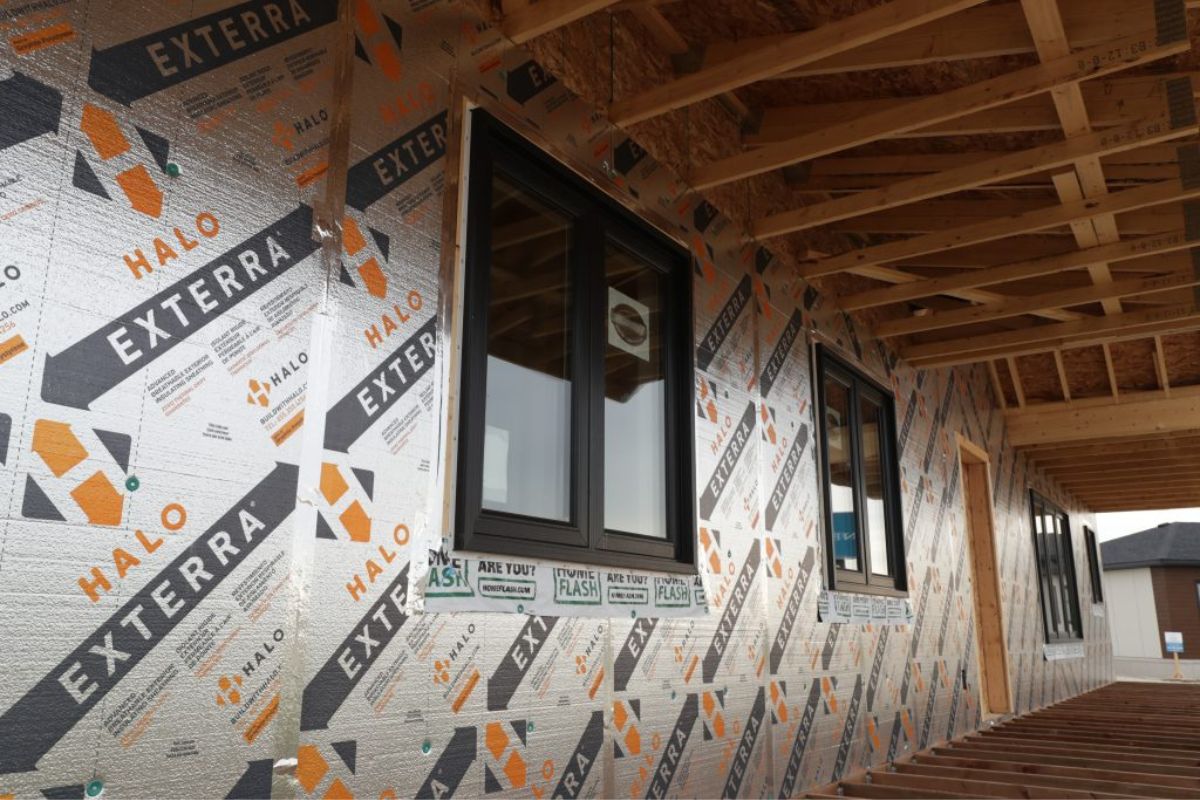
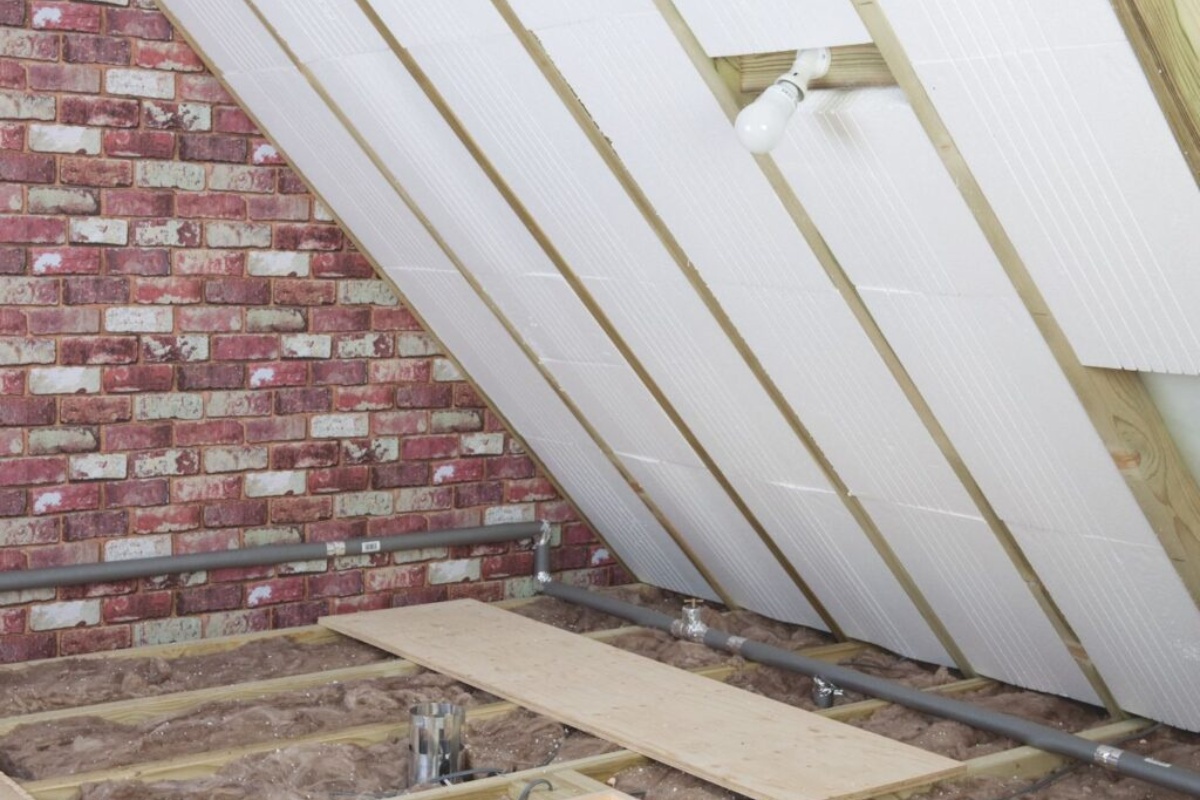
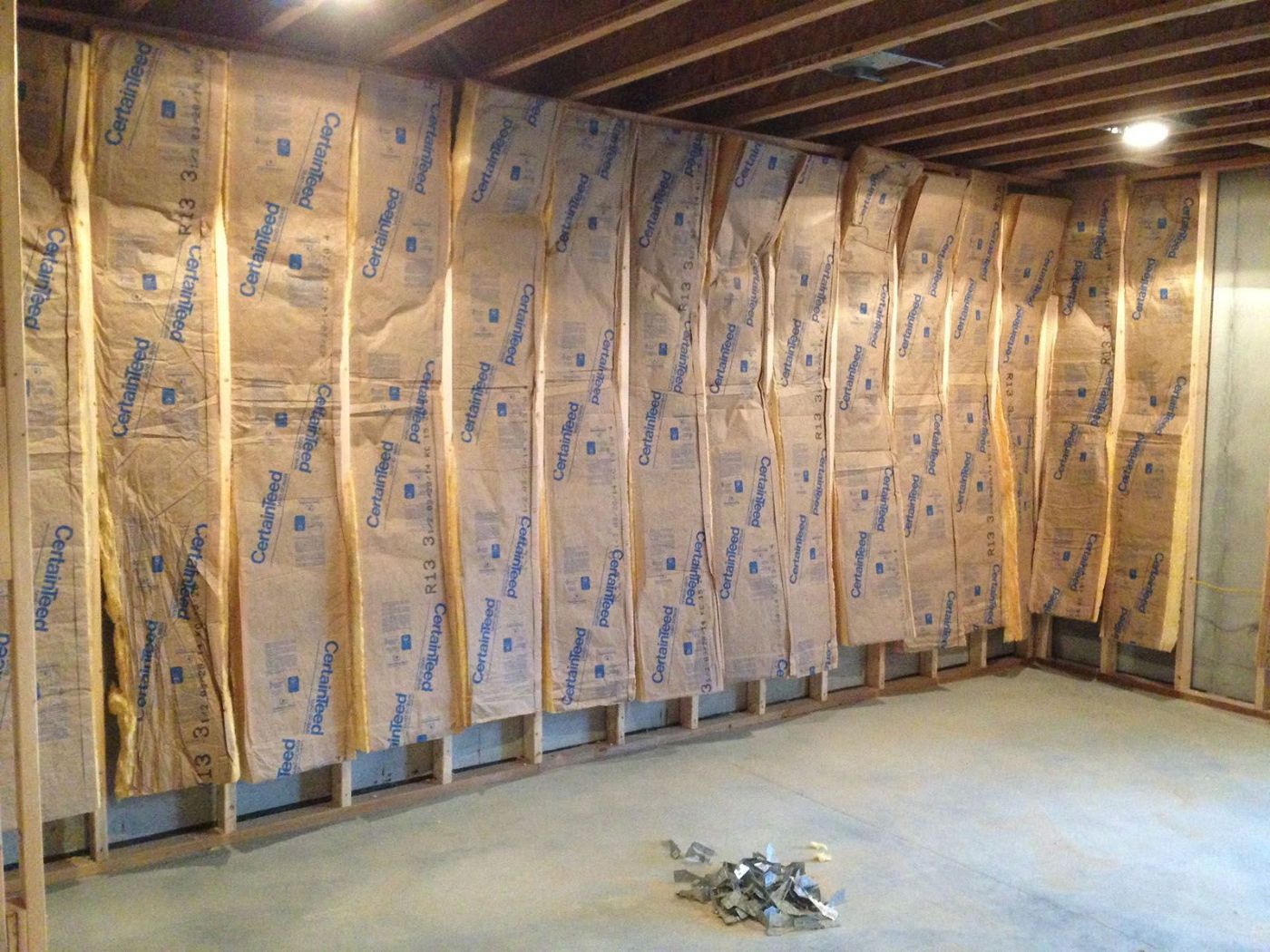

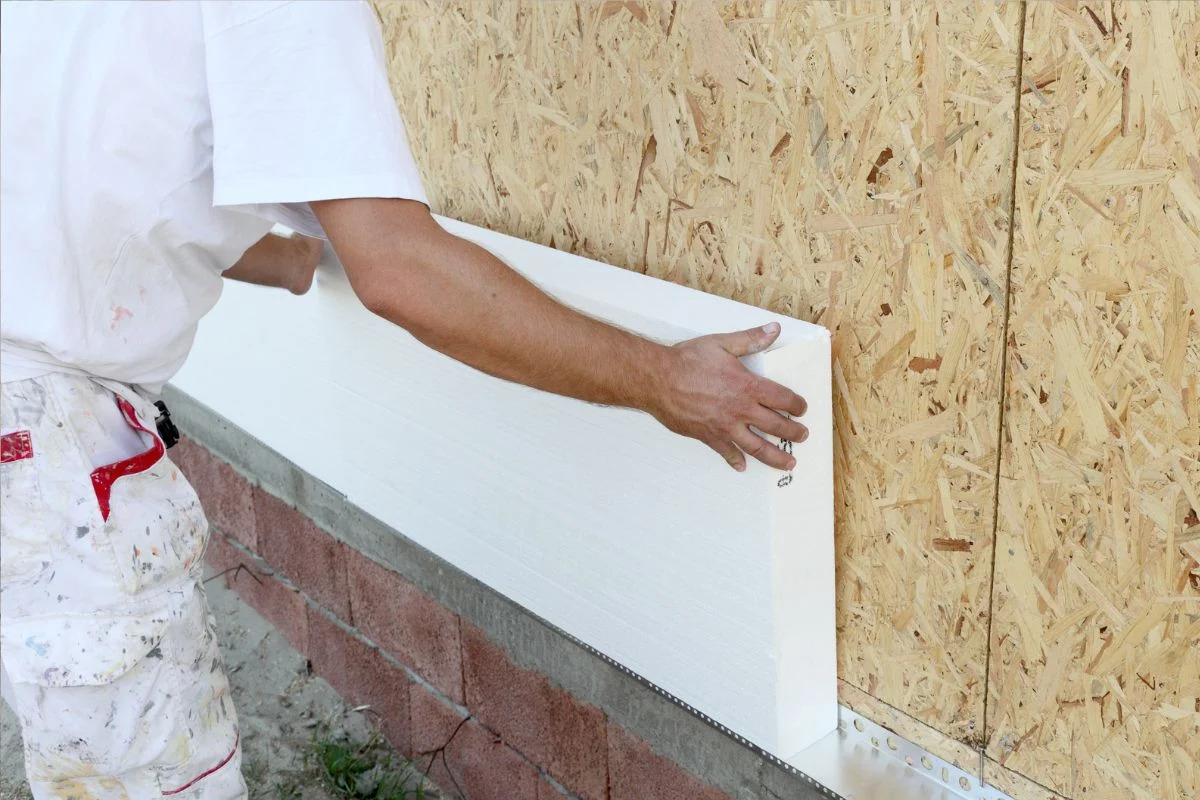
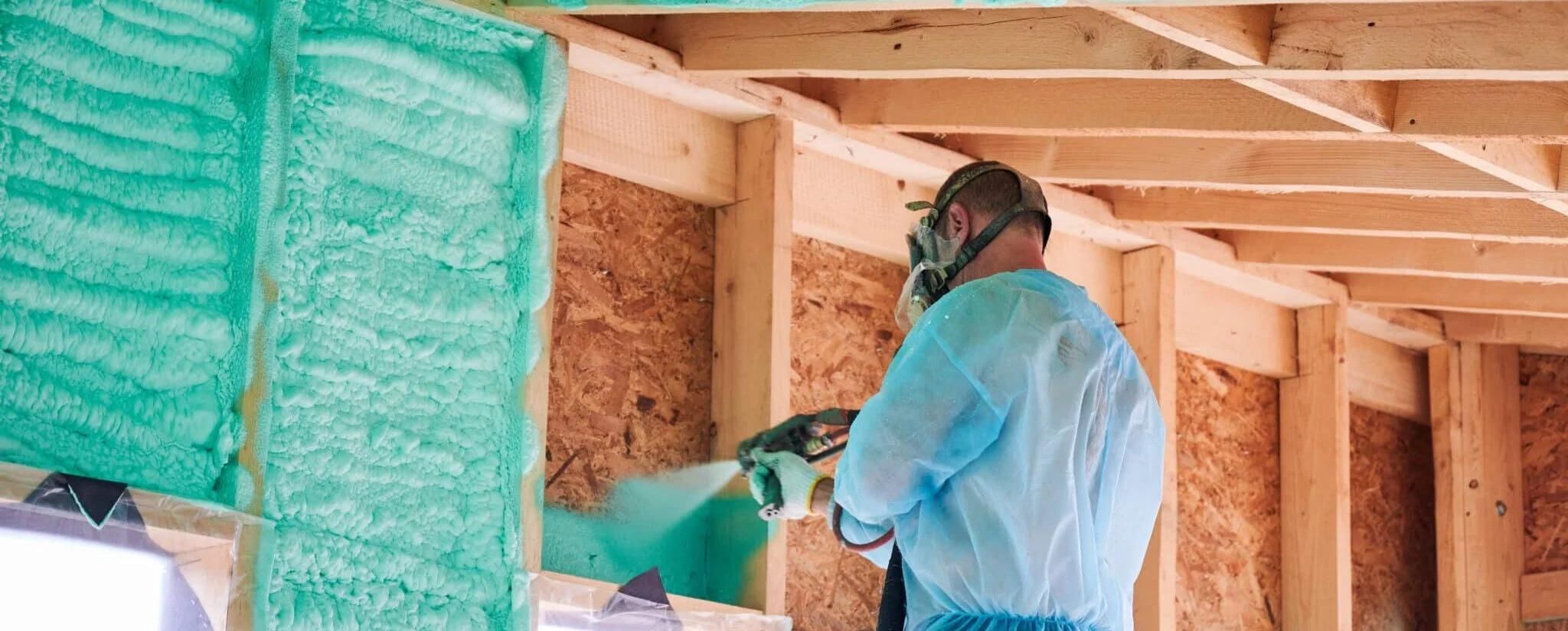
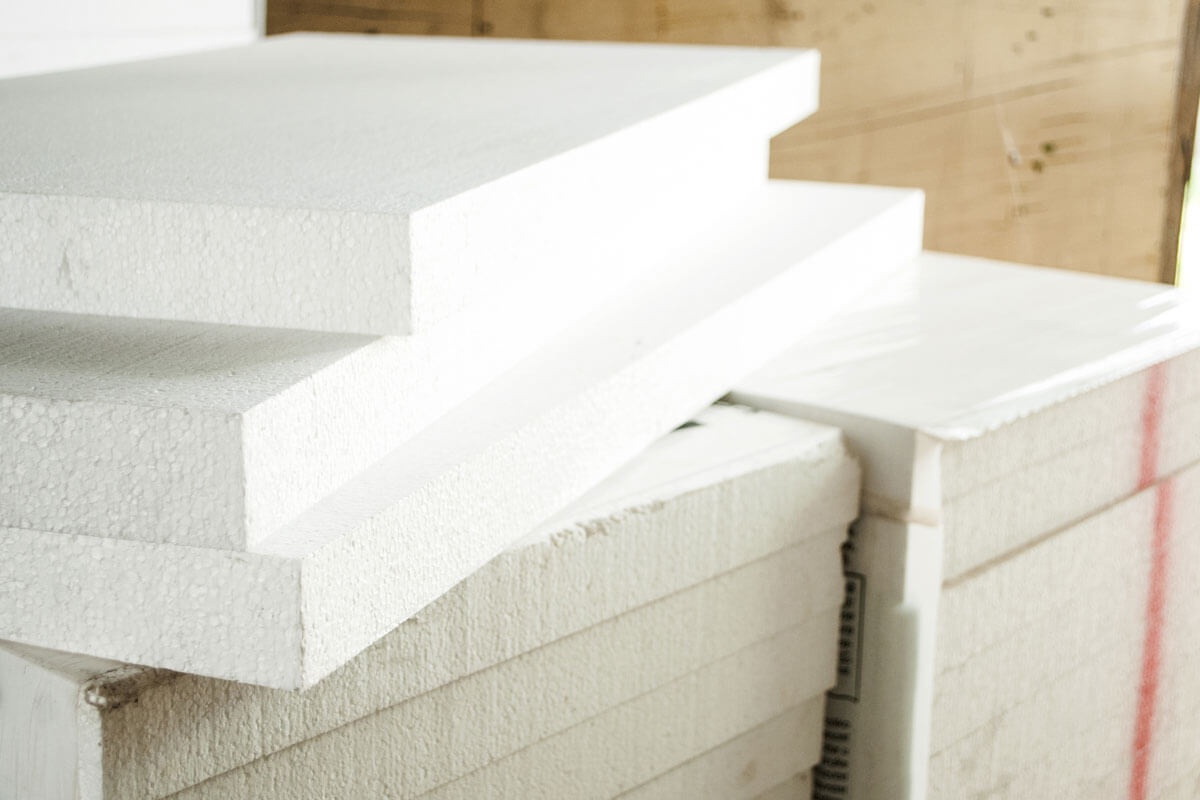
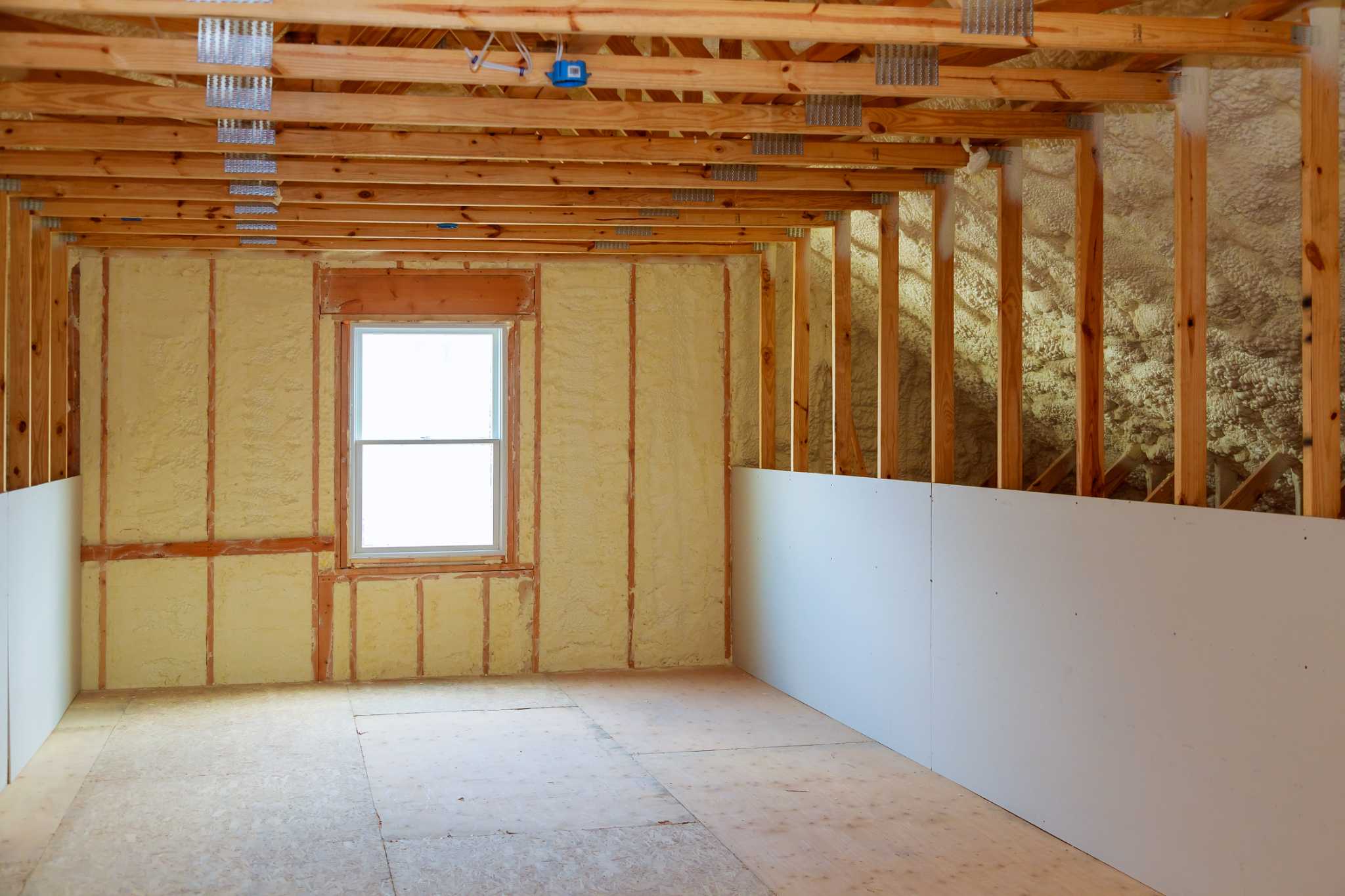
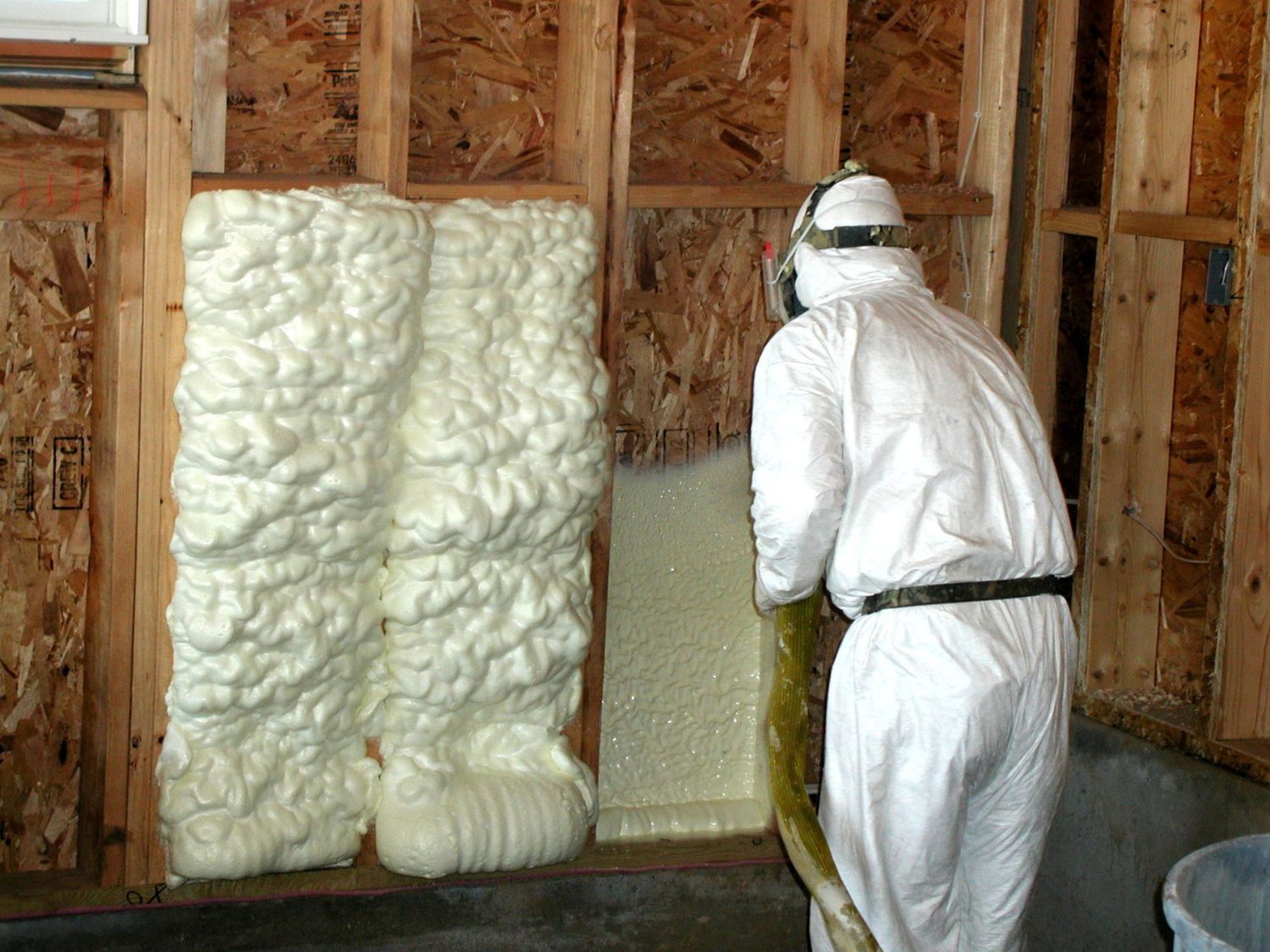
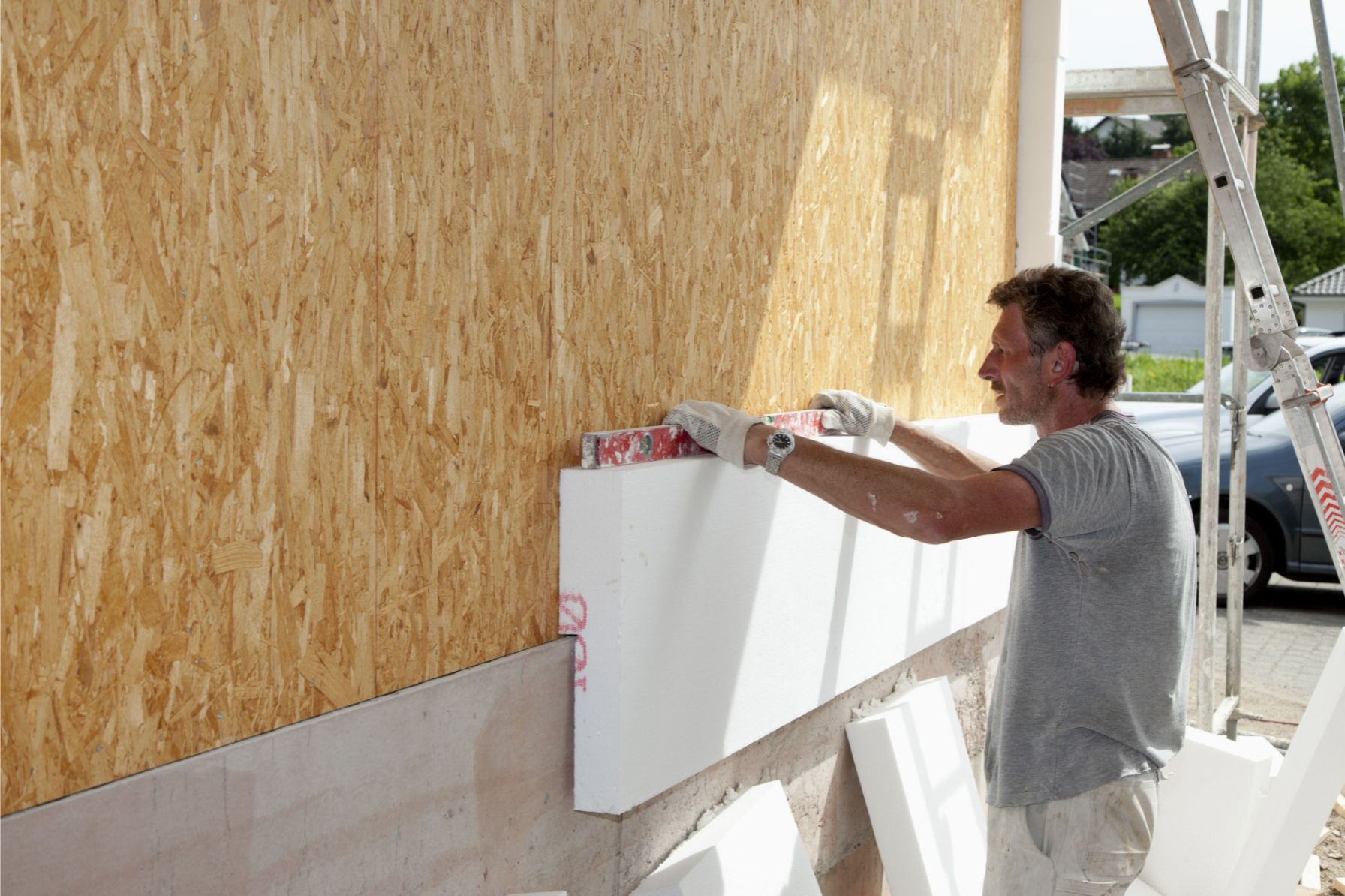
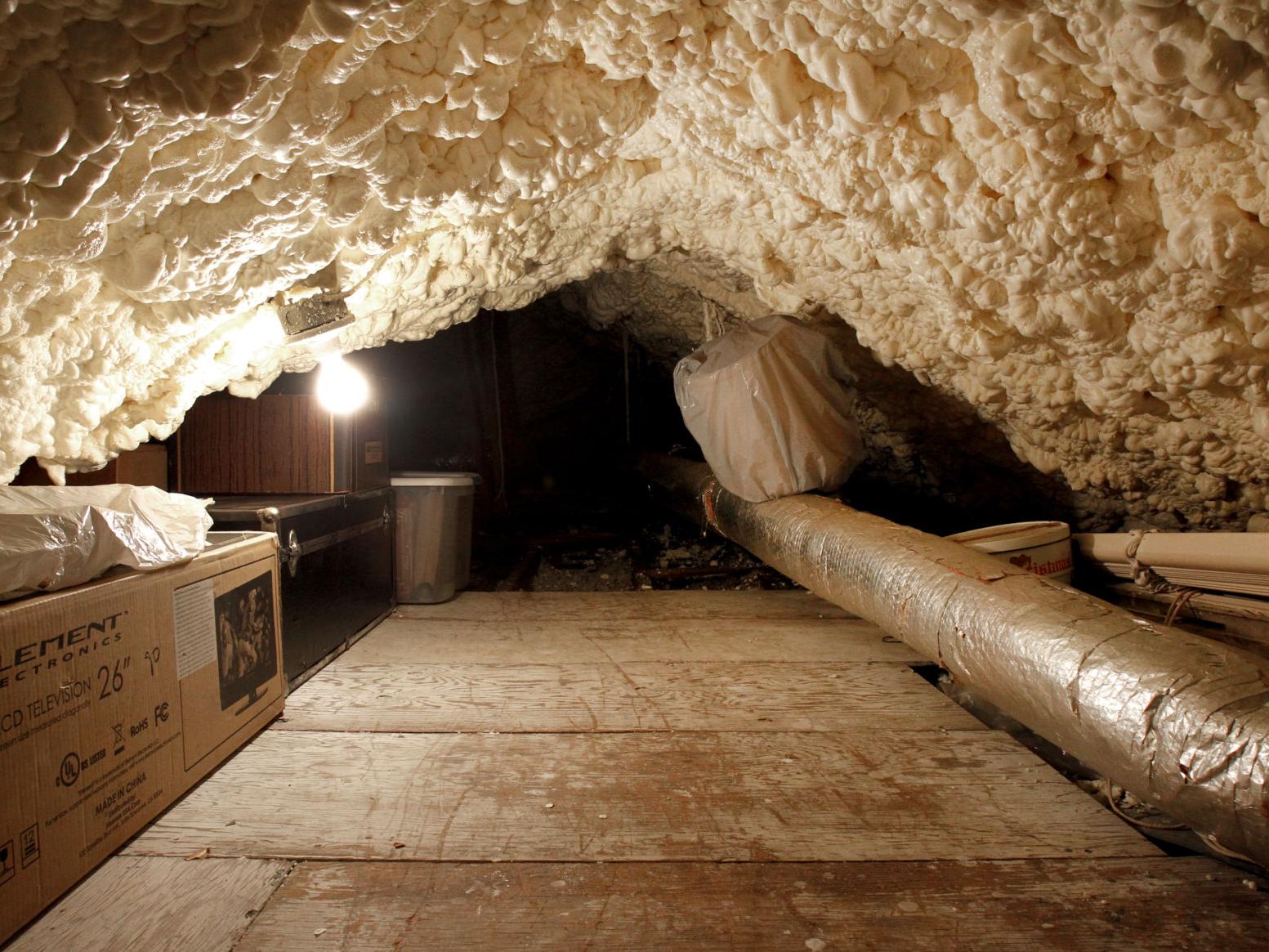
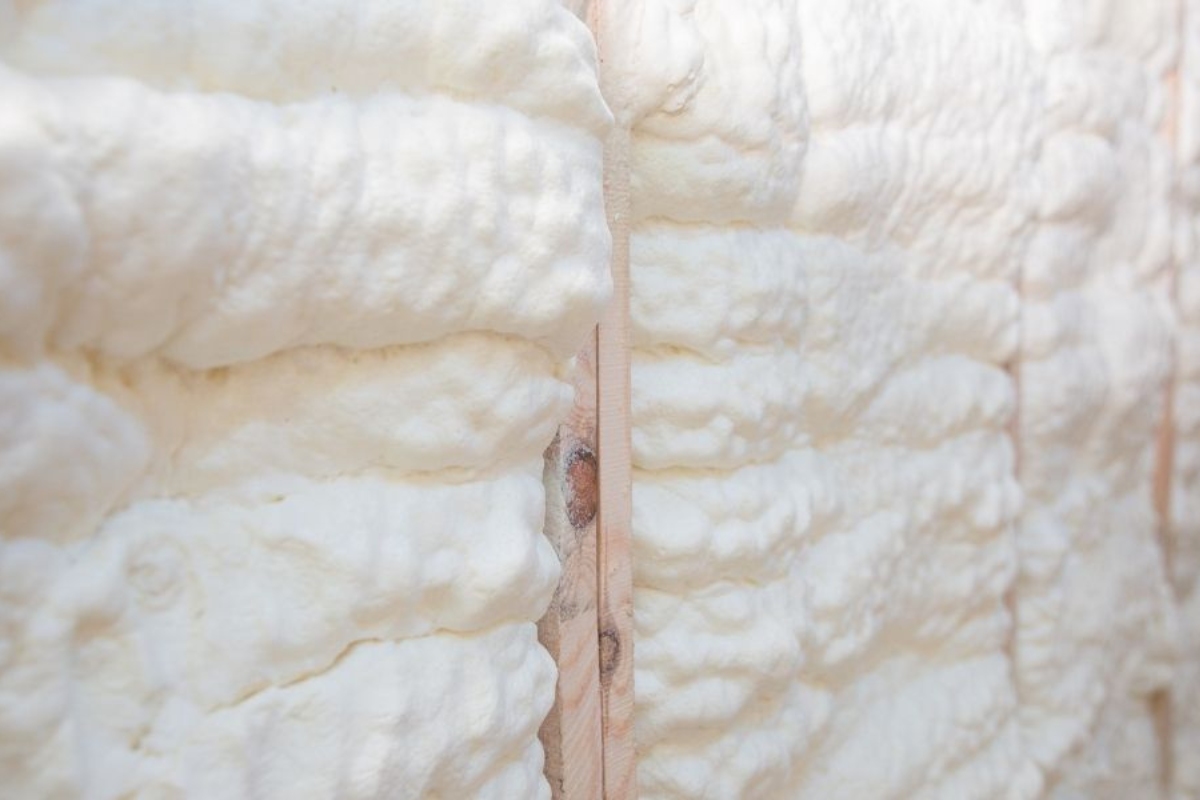
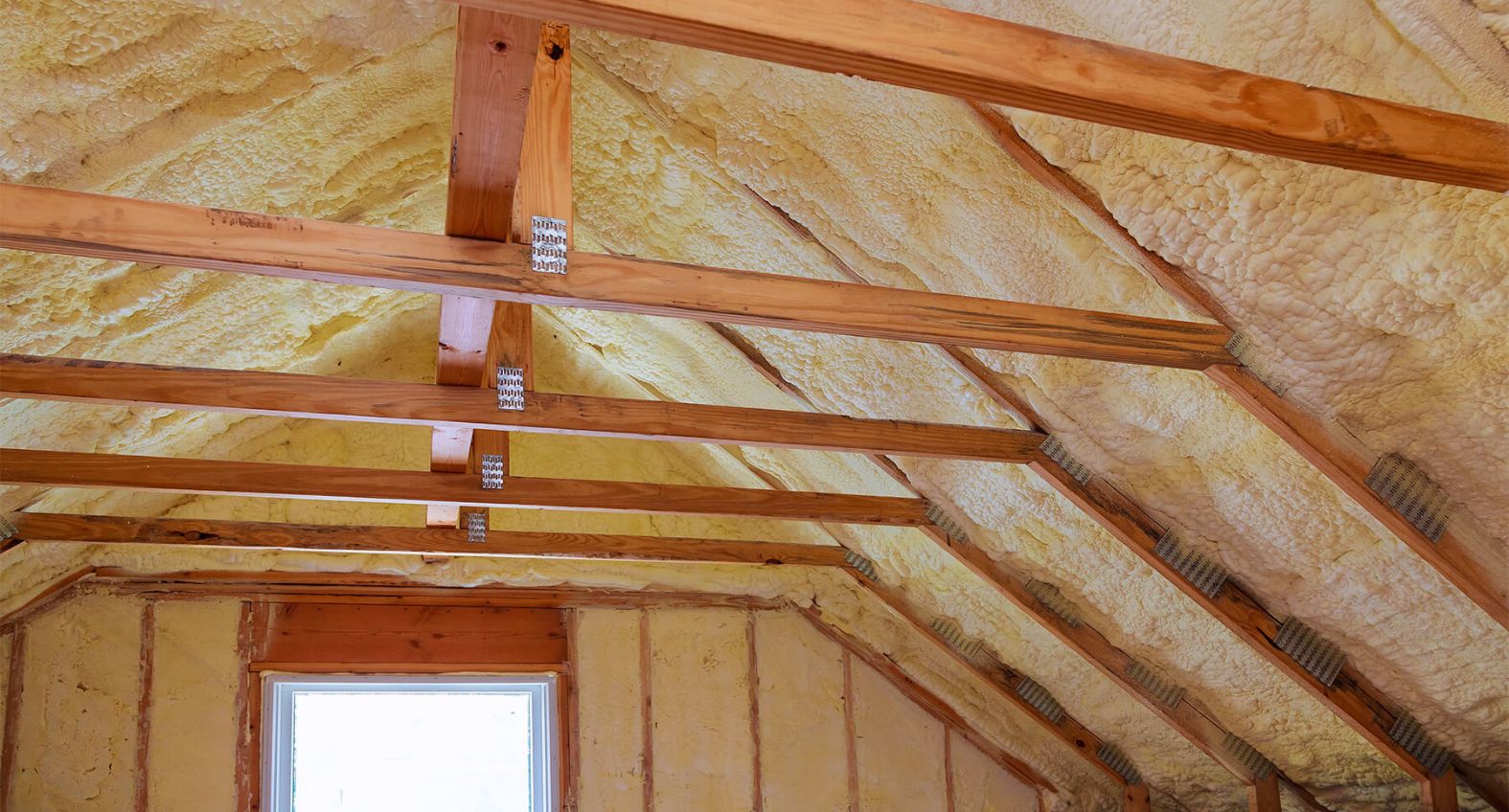

0 thoughts on “How Much Is Foam Board Insulation”